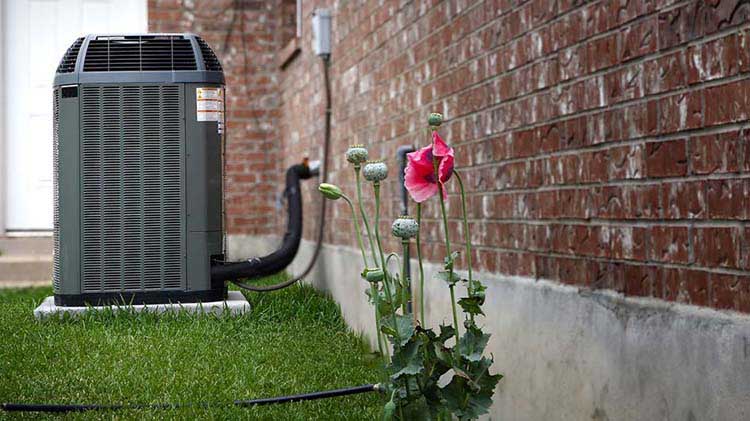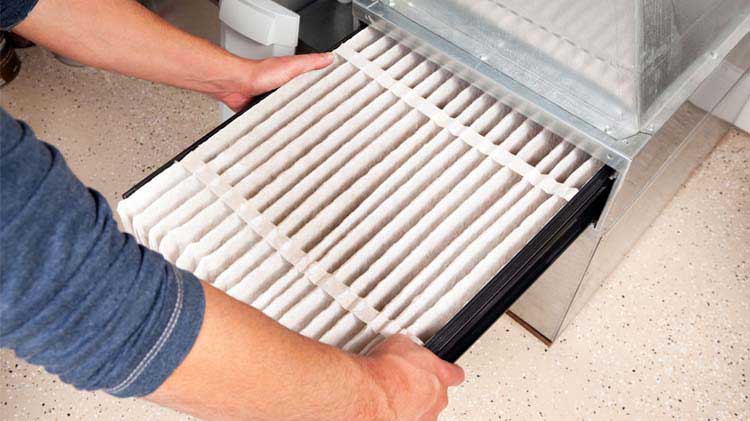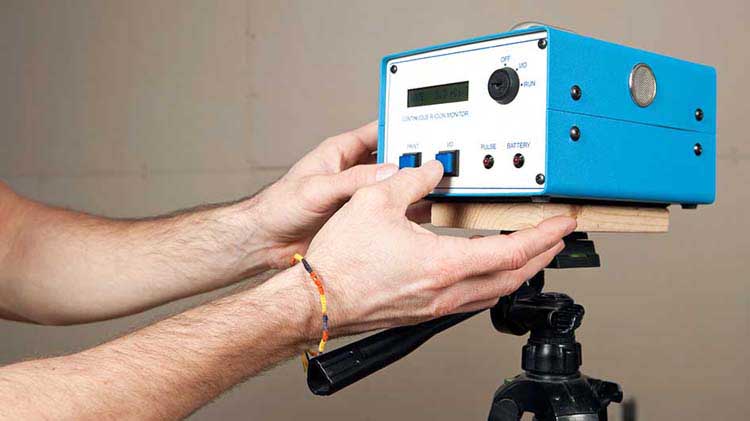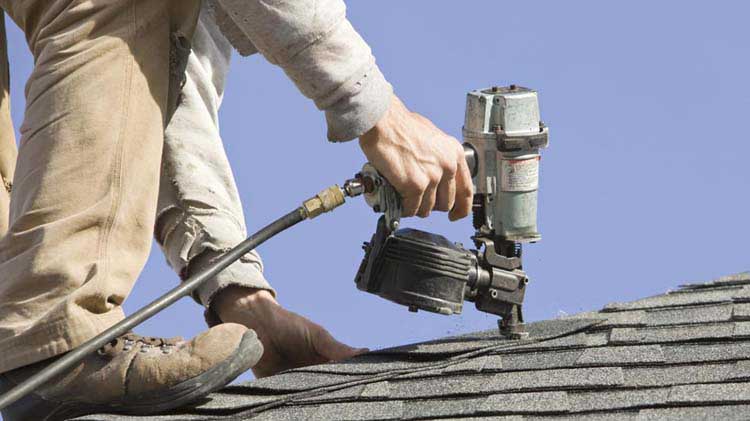Annual home safety checklist
Help maintain the safety of your home by considering these annual home safety tips that cover everything from the attic down to the basement.
With our busy lives and time that seems to pass quickly, it is important to make time for home safety. Consider picking a day annually, or choose two days and split your list in half, to check these things around your house and review with your family.
Replace all the batteries in your smoke detectors and carbon monoxide (CO) detectors
It's recommended that batteries be replaced in all smoke detectors and carbon monoxide (CO) detectors at least once a year (or sooner if it “chirps” to let you know the battery is low). It’s also recommended that older smoke detectors be replaced every 10 years, and CO detectors be replaced every 5 years.
Install smoke alarms and CO alarms inside and outside of bedrooms, plus at least one on each floor of the home, including the basement. If possible, use interconnected smoke and CO alarms that sound all of the connected alarms when one goes off. Test the alarms every month so your family becomes familiar with the sound. Also, discuss what to do if the alarms ever go off. (Immediately exit the home and call the fire department.)
Note: CO detectors are especially important if your home uses natural gas for cooking, heating, or has an attached garage. Called the silent killer, CO is a colorless, odorless gas, and even small doses can be poisonous.
Perform a maintenance check on your fire extinguishers
Check all your fire extinguishers are in working condition and easily accessible. Don’t forget to replace old ones as necessary.
The average kitchen is full of fire hazards and flammable risks. You may be able to stop a small fire from becoming a house-engulfing blaze by placing portable fire extinguishers in the kitchen (where most fires start) and garage (where flammable chemicals are often stored). Consider adding another on each floor of the home, stored in plain sight and next to exit doors. Inspect extinguishers each month to make sure the pressure gauge is in the green zone, the pin and tamper seal are intact and there are no dents, leaks or rusty spots. If defective, replace it. A fire extinguisher is only as effective as the person using it. Remind your family today about the PASS technique:
- Pull the pin to release the locking mechanism.
- Aim low, pointing the extinguisher at the base of the fire.
- Squeeze the lever slowly and evenly.
- Sweep the nozzle side to side.
Extinguishers should only be used on small, confined fires. If a fire is growing, get out of the house.
Review your family's emergency evacuation plan
Take a few minutes to go over your emergency evacuation plan with your family so everyone knows what to do if something happens.
Consider a fire escape ladder
During a fire, there may not be a clear path out every door. You need a second way out of any room, and that may be a window in a second story bedroom or other space. Place a fire escape ladder near a window in each upstairs room, and practice with family members where to find and how to use them.
Check your stairwells
Before heading down the stairs, stop and look around. The stairwell is a critical part of your family's emergency escape route. Prevent dangerous falls by repairing or tightening loose steps and handrails. If the stairs are uncarpeted, you might consider adding slip-resistant treads, tapes or paint. If you rely only on hardwired overhead lighting to light your stairwell, the area will be dark during a power outage. Consider installing battery-operated, motion-activated step lights. If you already have them, check whether batteries need replacing.
Update your emergency kits
Check that your emergency kits are fully stocked and nothing has expired.
Look for potential poison risks
As you walk around your home, keep an eye out for potential poisoning risks. The kitchen, garage and bathrooms often house medications, cleaners and other toxic products that can harm children and pets. Store those items out of reach in cabinets with locks or safety latches.
Have your chimneys inspected
Hire a certified chimney sweep to inspect and clean out all the chimneys connected to your fireplaces and any woodburning stoves. Fireplaces and heating elements are a leading cause of home fires in the U.S. Reduce the threat of fire-causing sparks by making sure your fire screen is functional and by moving all flammable materials (carpets, furniture, drapes, etc.) at least 36 inches away from the firebox.
Get your heating, ventilation and air conditioning (HVAC) checked
Hire a certified technician to perform an annual maintenance check on your furnace and air conditioner (AC).
It's easy to forget how much we rely on the hardworking furnace. Besides the yearly inspection by a professional, you should check the filter. If it's dirty, replace it. (Change filters every one to three months.) Clogged filters slow air flow and can bump up your energy bill. And excessive dirt buildup can bring down the system and may cost a good amount of money to repair.
And no one wants to be without the AC when it’s hot outside. After turning off power to the unit, replace the filter to help reduce energy drain. (Try to do this every month during the cooling season.) With a garden hose, clean the condenser coils to help prevent overheating. Then clear a two-foot area around the unit to avoid dust and debris buildup that can bog down the machine. Pass a stiff wire through the unit's drain channels to get rid of any clogs, which can increase indoor humidity. Now you can turn the power back on. Don't forget to cover the unit when you turn it off for the winter.
Inspect your water heater and plumbing
Hire a certified plumber to check out your water heater and other plumbing annually to help avoid potential problems. You could also wrap your water heater in a blanket, which costs about $20. (Some utilities offer them for free or at a reduced cost.) According to Energy Saver, an insulated water heater can cut 4% to 9% in water heating costs.
- Energy Saver provides the following installation instructions: Turn the water heater off or turn the gas knob on a gas water heater to "pilot". Cut the blanket down to size using a utility knife or scissors (it should not cover the top). Cut out an area for the control panel, pipe, valve and burner. Tape in place, and turn the water heater on (no higher than 130 degrees Fahrenheit).
Check your water supply
Many Americans use public water, but if you're a private well owner, you're responsible for the quality of the water you drink. Inspect your well for cracks, corrosion, broken or missing parts and proper runoff. Also call a state-certified lab for a test to check the water for nitrate and coliform bacteria.
Test for radon
Because radon levels can change over time, you may want to have your home tested for radon once a year or every few years to help identify and address any issues that could potentially be putting your family’s health at risk.
Check your sump pump
Once a year, preferably before your area's rainy season, check your sump pump. The pit should be free of debris and the pipe should be clear so water flows freely. If something doesn't work, check the power source, then call a professional.
Check for structural damage
Take some time to inspect all areas of your home, both inside and outside, from the safest accessible place near the attic and roof, down to the basement. Check all walls, ceilings, floors and stairs, for signs of structural damage such as cracks, drips and leaks.
Check out these other great articles for more tips on maintaining your home.




